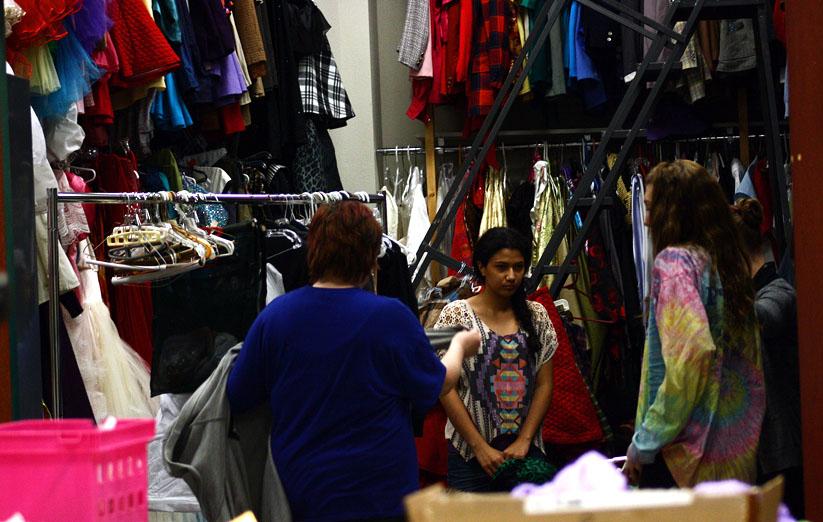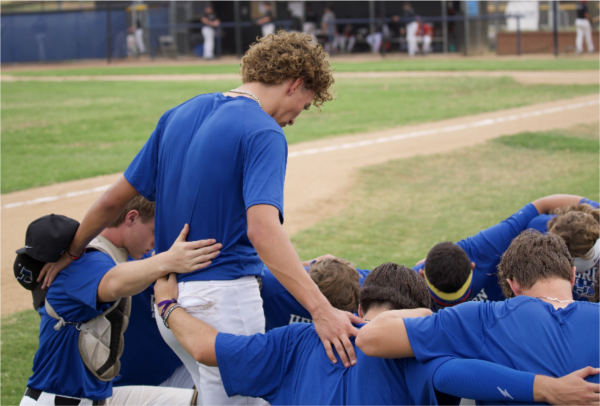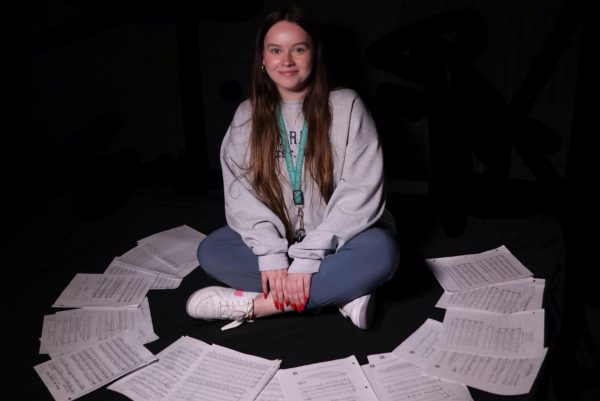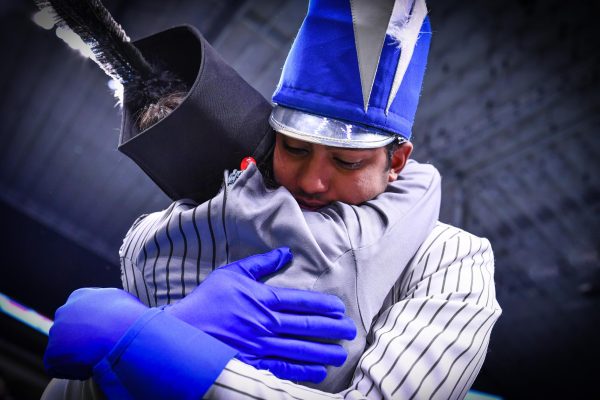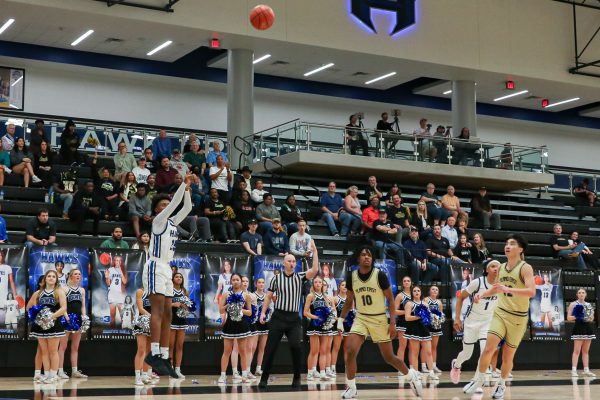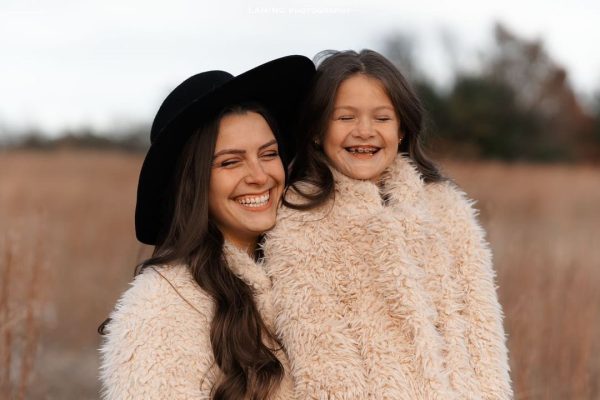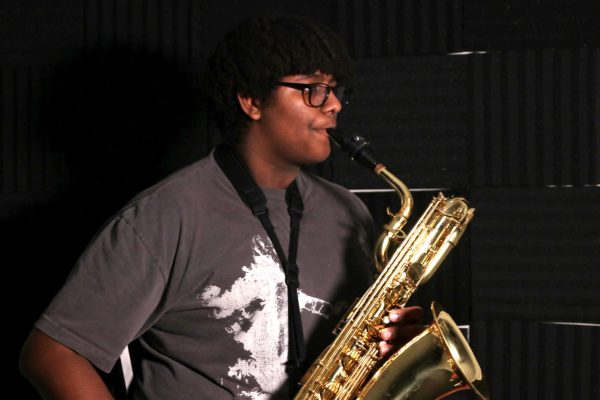Beyond the Stitches: Costume Design students add creativity to wardrobes
The transformation is simple. With the pull of a curtain, dedicated students help actors travel from Roman times to the era of Greeks, putting themselves in their character’s shoes. Weeks of research allow costume designers to produce outfits that pull the audience into plays.
The costume design class has repeatedly journeyed through time in order to appeal to audiences by creating wardrobes for casts and adding life and imagination into plays. Their passion for creativity will be a major element in the upcoming spring production of Julius Caesar.
“We start out learning the basic functions,” costume design teacher Andrea Throop said. “They go through that process with at least one show, and then we actually build the costumes for that show.”
Throop, who also teaches Theater I, explained that costume design is part of technical theatre, but it goes into more detail.
“In costume design we focus on one area, which is nice because [students] get to play a little more with it and delve a little deeper into the actual process … and [learn] how to affect the audience through their work on stage,” Throop said.
Before each play the students start by reading the scripts to gain more information about each character. Then, they research the styles of the past that could be worn in the play.
“We have to read the script a couple of times to really get an idea of what the author’s image for it was,” sophomore Elizabeth Williams said. “Then we put our own little interpretation on it and we work with the actors to see what fits them to create that character.”
Williams describes the costumes as more “over the top” than regular clothing. They also have a different purpose for creating their clothes because a larger audience views their creations.
“As we read the play we get an idea of who they are, and we picture them in our heads while we are reading it,” Williams said.
Throop also explained the detail and effort that goes into each costume. Each outfit requires teamwork and imagination; however, most costumes made for production are prepared to be practical and functional.
“A lot of costumers build things to look like they are perfect and to look how they are supposed to on stage, but in all actuality they are velcroed together,” Throop said. “They are not built like actual garments.”
In class students are expected to research clothing styles in order to make the attire as realistic as possible.
Throop used the upcoming play “Julius Caesar” as an example: “Everybody thinks that togas apply to Greeks and Romans, and they are similar but they are slightly different versions of the same thing, so they look into that and figure out what the names were and what the pieces were.”
Throop described the effectiveness that costume design will play in “Julius Caesar.
“The costuming and the way kids are acting are going to make a huge difference in recognizing that we are supposedly in Roman times rather than in modern times,” Throop said. “It’s going to make a huge difference in how that show comes across on stage.”
For some students the costume design class goes beyond designing for plays because it is more personal.
“My mom really liked theater and she would always take me to musicals and always show me the acting side,” junior Tara Bordbar said. “She really pushed me into theater and I stayed because I liked it.”
The large and “comfortable” classroom environment, according to sophomore Jennifer Dang, also lets students connect better in the classroom and create solid designs.
“We bring the [designs] back together as a class and make sure that we are all getting the same look for the stage,” Throop said. “We try to make sure everything is cohesive and goes together.”
Costume design gave some students the chance to think about their future and make connections with their peers. Throop and her students hope this influence will be continuous into the future.
“In tech theater and costume design I met some really good people,” Dang said. “I used to be in sports and when I quit I came to theater [and then costume design]. When I did that it was really different for me at first, but it started growing on me and now I’m really happy.”



